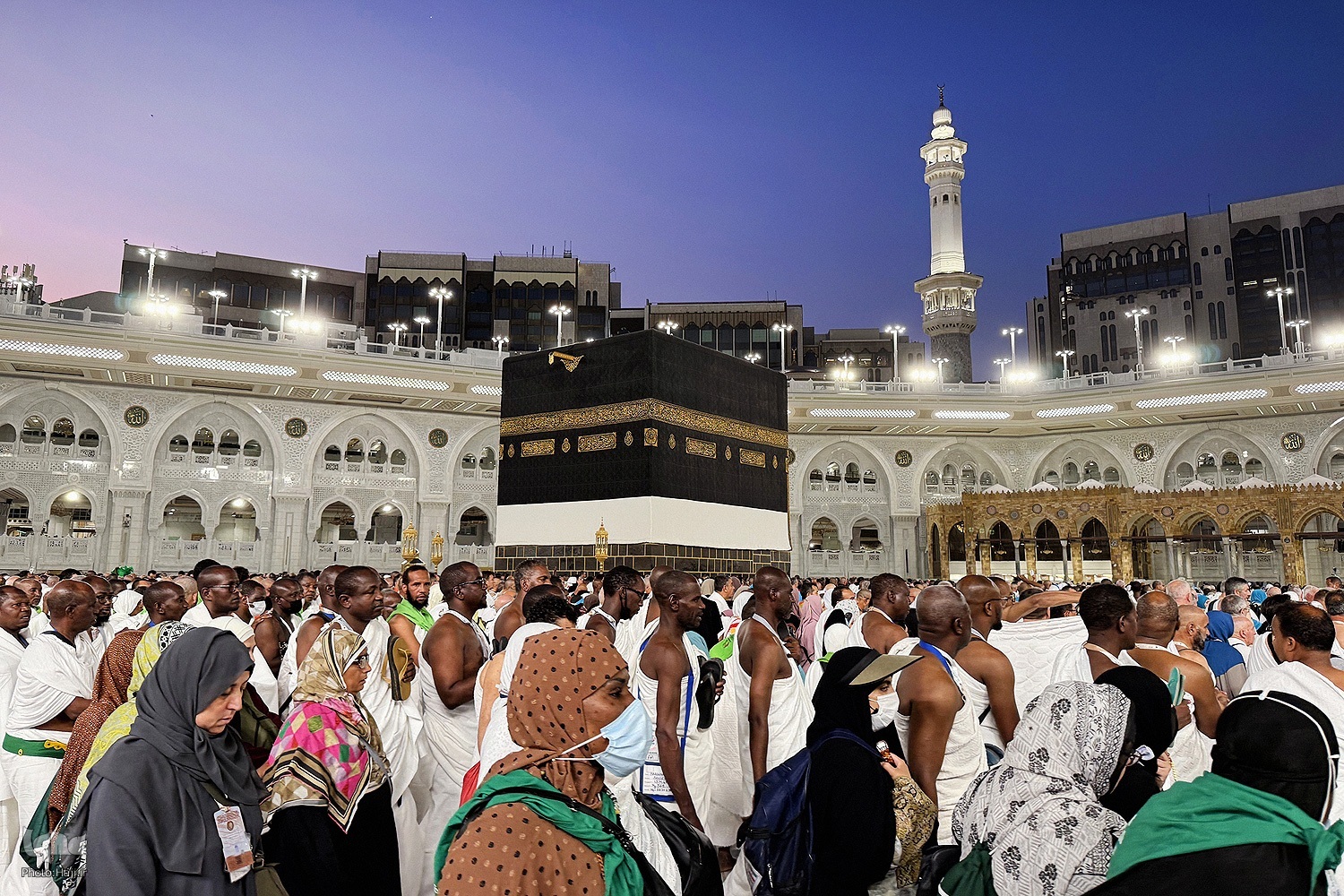Nearly 1.7 Million Pilgrims Complete Key Rites of Hajj in Saudi Arabia

Early on Saturday, groups of pilgrims made their way to the Jamarat complex in Mina, where they participated in the stoning ritual. This act, which involves throwing pebbles at three stone pillars, symbolizes the rejection of evil and is considered one of the major rites of the pilgrimage.
Saudi authorities, including the Interior Ministry, issued guidelines urging pilgrims to adhere to designated pathways and schedules to maintain crowd control and ensure safety during the ritual. Security and health teams were also deployed throughout Mina and Mecca to support the large influx of participants.
According to data released by the Saudi General Authority for Statistics, a total of 1,673,230 individuals took part in this year’s pilgrimage for the Islamic year 1446 AH. Among them, 1,506,576 traveled from abroad, while 166,654 were domestic pilgrims, comprising Saudi citizens and foreign residents within the kingdom.
The number of international pilgrims reflects Saudi Arabia’s efforts to facilitate access to the pilgrimage for Muslims worldwide following years of restrictions due to the COVID-19 pandemic. In 2023, over 1.8 million pilgrims from more than 200 countries performed Hajj, marking a return to near pre-pandemic levels.
Read More:
The pilgrimage spans several days and includes a sequence of religious rites held in the holy cities of Mecca and its surroundings. These include the standing at Arafat, overnight stays in Muzdalifah and Mina, and the ritual of animal sacrifice. The farewell circumambulation, or tawaf al-wada, which involves circling the Kaaba seven times, marks the conclusion of the pilgrimage.
Hajj is one of the most significant annual religious gatherings in the world. The event involves months of preparation by pilgrims themselves, many of whom save for years to afford the journey.
Source: Agencies



